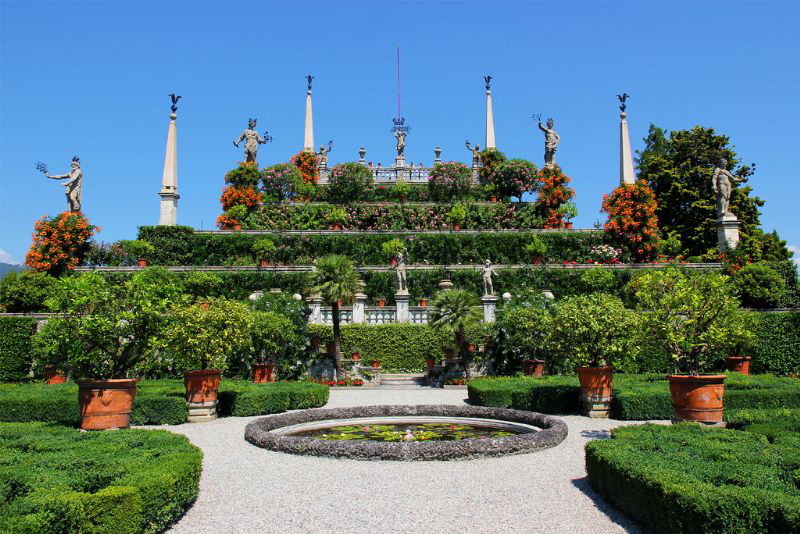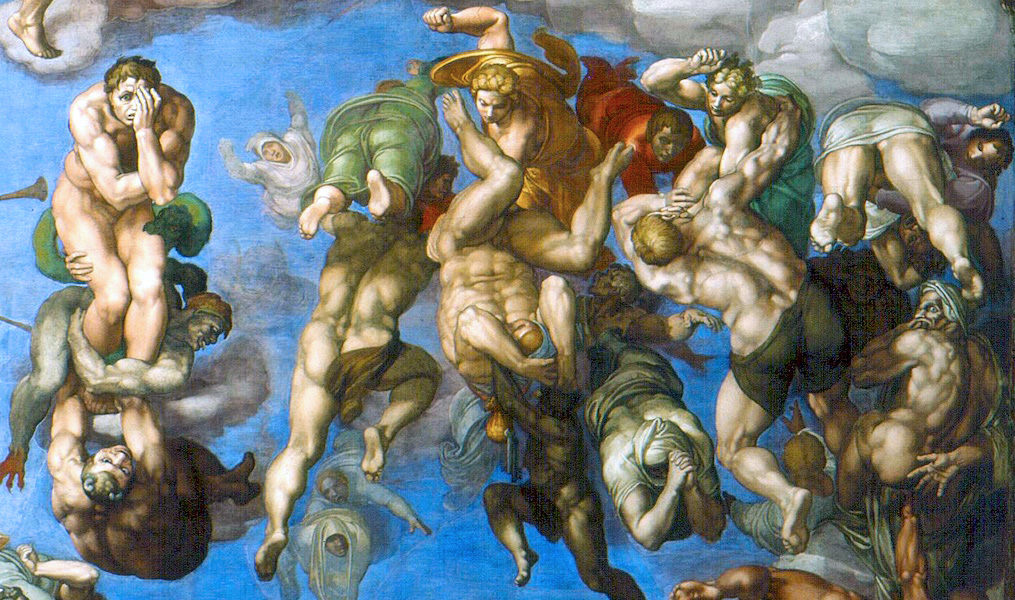With so many provinces in Italy and countless remarkable places to visit, sometimes visitors become enthralled with sites and places to visit, yet have no idea of the province that they are in! Verbano-Cusio-Ossola is a prime example of this curiosity. It is the northernmost province of the region of Piedmont and was created less than 30 years ago through the fusion of three geographical areas that had previously been part of the Province of Novara. On its eastern portion, it shares Lago Maggiore with neighboring Lombardy. The longest lake in Italy, Maggiore stretches between the two regions and extends northward into Switzerland. The area flanking the western shore of the lake is known as Verbano, offering breathtaking views and is one of Italy’s tourist treasures. The area of Cusio and Lago d’Orta form the hilly southern portion of the province; while the north and west of the province consists of the Ossola, a region of Alpine mountains and valleys.
Within the province are two UNESCO World Heritage sites, Sacri Monti (Sacred Mountains) of Piedmont and Lombardy, which include a total of nine devotional areas with chapels situated along winding mountainous paths. The Sacri Monti began at the turn of the 16th century to create places of prayer in Europe as an alternative to pilgrimages to the Holy Land. In the far north of the province is the Sacred Mount Calvary of Domodossola (Sacro Monte Calvario), built in the beginning of 1657 by Capuchin friars. The 15 chapels, dedicated to the Via Crucis, are positioned along a devotional route which starts on the outskirts of the town of Domodossola and ends at the summit of Mount Mattarella. This portion of the Piedmont juts northward into Switzerland, which actually surrounds the town on three sides. As one might expect, it is a very steep walk to the summit. Domodossola itself is a lovely Alpine town; quiet, orderly and picturesque, with an atmosphere that is far more Swiss than Italian.
Much further south overlooking Lake Maggiore is the Sacred Mountain of Ghiffa. The faithful who stop and pray at each of the chapels also enjoy a panoramic view over the Piedmont side of the lake. The Chapel of the Blessed Virgin Mary Crowned was the first to be constructed in 1647, modeled in the Baroque-style and inspired by the ideas of San Carlo Borromeo, whose family was one of the oldest and wealthy in northern Italy; in fact, four islands located on the Piedmont side of Lago Maggiore are known as the Borromean Islands.
Situated roughly a quarter mile offshore from the lakeside town of Stresa, Isola Bella is 1,000 feet long, a bit less than 600 feet wide and is entirely occupied by the palace and its Italian gardens. The island was a tiny fishing village until 1632, when Carlo Borromeo III began the construction of a palazzo dedicated to his wife, Isabella D’Adda, from whom the island takes its name.
The lovely outdoor gardens and richly furnished rooms inside make it an irresistible attraction. It has been described as a Baroque chest floating on the water. The beautifully furnished halls afford incredible views of the lake, but visitors may not even notice; such is the opulence of the interior, with paintings, period furniture, statues and tapestries at every turn.
The rooms on the first floor unwind around the Great Hall, but although the dome-shaped roof was part of the original project, it was not completed until 1959. The main level is called the noble floor and is the location of the neoclassical Sala della Musica (Hall of Music), which owes its name to the valuable music instruments displayed and to the Sala delle Medaglie (Hall of Medals), where ten gilded wooden medals are kept, representing the most important events in the life of San Carlo Borromeo. A tour of the rooms, halls and galleries is fascinating, as are the gardens on this jewel of an island. The popular tourist attraction also plays host to the annual Stresa Music Festival, which begins on July 14 this year and continues on weekends through September 8.
Although Isola Madre is the largest of the Borromean Islands (725 feet wide and 1,100 feet long), it has no permanent residents other than brightly colored parrots, golden pheasants and elegant peacocks, all of which gives the impression to visitors that they have entered a tropical paradise. It is primarily a botanical garden and one of the oldest in Italy. The lake produces a mild microclimate that favors the growth of wisteria, with varieties now hundreds of years old. Also grown are rare sub-tropical plants and exotic flowers.
The other two islands of the group are Isola Superiore dei Pescatori (Fishermen’s Island) with charming medieval streets and a wonderful view of the lake and Isola San Giovanni, which is the closest island to the shore. The great conductor Arturo Toscanini had a home on the island from 1927 to 1952.
The town of Stresa benefits from the mild climate and with luxurious villas and opulent Art Nouveau hotels lining the lakeside, it is an ideal location to walk and soak in the refined atmosphere. The town began to achieve its renown as a tourist destination at the beginning of the 19th century, when glamorous villas such as the Villa Pallavicino and Villa Vignolo were built. In 1906, the opening of the Simplon Tunnel heralded the start of widespread international travel. Stresa now welcomes hundreds of thousands of tourists from across the globe.
Villa Pallavicino was built in 1855 and over time the Marquises of Pallavicino added rare trees and greenhouses filled with exotic plants. Their park was eventually turned into a zoo and botanical gardens which opened to the public in 1954.
As one drives north and then east around the shore of the lake, you arrive at the town Verbania and the gardens of Villa Taranto. Known the world over for their beauty, it is one of the most important botanical gardens in the world with over 20,000 species of plants. The gardens were created in 1931 by a sea captain whose ancestor was the Duke of Taranto. Visitors encounter a myriad of colors and scents in the marvelously landscaped 16 hectare gardens containing classic Italian ornamental features such as statues, fountains, ponds, terraces and waterfalls. The gardens are not to be missed if you visit the area at any time between March and October, where there are always flowers in bloom.
Situated between Lake Maggiore and Lake Orta is Mount Mottarone. The mountain has been a popular tourist attraction since the beginning of the 20th century, when a cog railway was built that could ferry visitors to the summit. In the 1960s, a much faster cable car was built. The mountain is considered to be one of the most spectacular vantage points in an area that is filled with picturesque locations. From the rounded summit, the view encompasses seven lakes and an immense ring of mountains dominated by Monte Rosa. It is majestic, but the same can be said of much of the Verbano-Cusio-Ossola, a province whose name may not be well-known, but whose sights are truly unforgettable.





